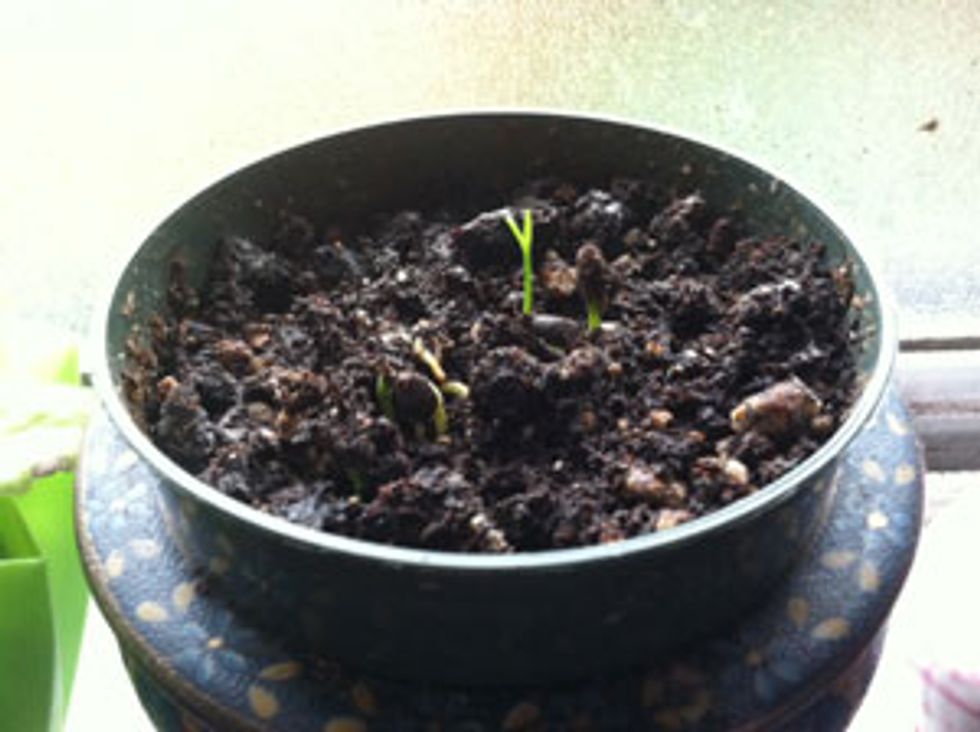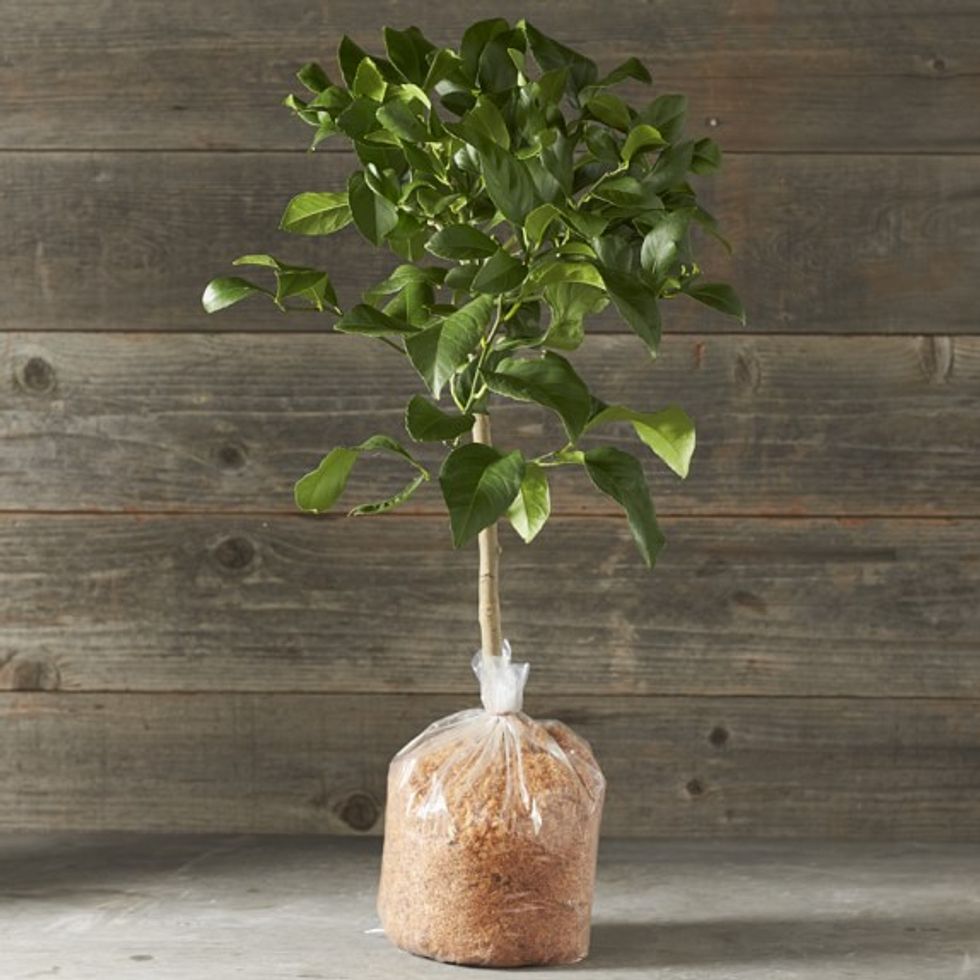Winter in DC can be a dreary time. Although there isn't nearly as much snow as other areas in the Northeast, there surely is cloud cover, accompanied with days when the temperature or the windchill dips down to the teens and the air gets biting cold. Winter is the time where the vibrance of the city, the crispness of the air, and the vegetation shrivels up, and all that can be seen are buildings along with stressed out commuters rushing to get inside. The months of January or February can seem endless, however there are definitely ways in which one can make the best of it. One fun activity to add vibrance to the area is to put together a citrus garden in your home. Citrus trees are a great way to bring a taste of Florida to your home. Basically all varieties of citrus grow indoors, and almost all of them can fruit when planted in a pot. In fact, the trifoliate orange can even be planted outdoors in the DC area as it is cold hardy to 0 F. Watching them grow throughout the winter surely makes the months of January and February seem less depressing. Below is a guide on how to plant and care for citrus trees from seed to mature tree.
Starting the citrus tree from seed
When you are growing a citrus from seed, make sure you germinate it first on a damp paper towel and then transfer it to a pot that is large enough to fit the roots of the plant's roots but small enough to not leave space. This ensures the plant can be stressed to grow and mature. The soil for the plant should be a high-drainage soil to prevent root damage or fungus. Make sure you leave at least three large holes in the bottom so that excess water can seep out.
Maintenance of the plant for the first few years
The first few years after your citrus plant is established is the most crucial time period in its lifetime, as it is imperative that your plant stays in good health in order to mature smoothly and produce ample fruit. Hence, the plant will require the most maintenance during its first few years of growth. Here are some of the tasks you will need to perform:
Watering: Unlike most houseplants, citrus plants are watered differently. You can get away with pouring a large amount of water leaving the soil moist for a whole week with other houseplants, but you cannot with citrus. The roots of citrus plants are crazily vulnerable to rotting and cannot take as much water at a time, so if the soil is too moist for an elongated period of time, then the roots will perish, and so will the plant. To water citrus plants, you have to be sure to put a tiny bit of water every few days. Start with around 2 oz , and increase If you end up overwatering, however, make sure that your soil is a high-drainage blend and that you have enough drainage holes in the bottom of your pot so excess water can seep out.
Trimming: After about a year or two, you will have to start giving your plant "haircuts," or trimming them every few months. Trimming the plant makes it focus its energy on branching out into tree or shrub form and maturing as opposed to trying to grow as tall as possible. It is ideal that you trim 1/4 of the plant's length off. When the plant starts to branch out, trim 1/4 of the length of each branch off.
Fertilizing: There are two or three windows of time when you need to fertilize your plant- early spring and late summer, and maybe a pinch during the summer. Citrus trees, when indoors, act somewhat like a deciduous tree. They go dormant during wintertime and grow during spring, summer, and fall. Fertilizing during the early spring ensures that the plant has enough nutrients to grow (and to flower when mature), and fertilizing during the fall ensures that the plant's nutrient needs are met before it goes dormant during the winter. To fertilize, sprinkle a handful of fertilizer on the top layer of the plant. Make sure that you get a blend of fertilizer that is compatible with citrus.
Applying pesticide/fungicide: Citrus trees are amongst the most susceptible to pests such as spider mites and fungus. The spider mites clump on the underside of leaves and eat up the plant, while the fungus attacks the roots. To prevent this, applications of pesticide and fungicide are necessary from time to time. The pesticide to be used is a spray containing bacteria called Spinosads, which produce toxins for insects once grown inside the plant. The fungicide to be used is copper sulfate as it is the least odorous. Spray the pesticide all over the plant six times a year during the spring and summer. The fungicide should be applied during applications of fertilizer, and can put on the top layer of the soil with the fertilizer.
Transplanting: This task is different than others because there is no concrete time period as to when to transplant a citrus tree. Transplanting, or moving the plant to a different-sized pot, is done when the roots start to protrude out of the pot and the maximum amount of space has been taken. However, people take the idea of transplanting incorrectly. The misconception is that transplanting is done when there is no more space left between the roots and the pot, however it is a good idea to keep the plant in a pot where the roots leave no space between themselves and the pot, and only transplant when the roots start to leak out of the pot. This ensures that the plant is stressed to grow, allowing for faster and healthier growth.
When the plant reaches maturity
Around five years, the plant will start to mature. It will start to develop large spikes along its stem, a sign that it is getting ready to flower. Soon enough, the plant will actually start to flower and get ready to fruit. When your plant reaches this stage, be sure to keep performing all tasks mentioned above to keep the plant healthy and fruitful every year.






















